Your subject teacher arranged a potted plant as shown in figure (a). Next day turn its position horizontally as shown in figure (b). After few days, you observed the plant as shown in figure (c).
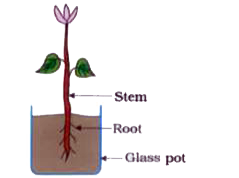
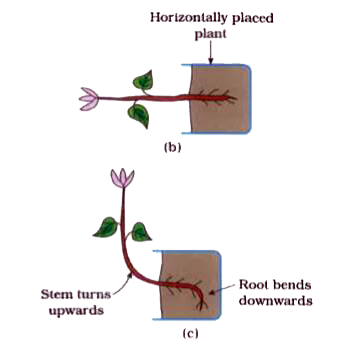
Why the growth of the entire plant as shown in fig. (b) does not occur parallel to the soil surface ?
The entire plant growth does not occur parallel to the soil surface because stem grows towards light and away from gravity.
Topper's Solved these Questions
Similar Questions
Knowledge Check
- Question 1 - Select One

A uniform circular righ rolls without slipping on a horizontal surface. At any instant, its position is as shown in the figure. ThenAsection ABC has greater kinetic energy than section ADCBsection BC has greater kinetic energy than section CD.Csection BC has the same kinetic energy as section DADthe section CD and DA have the same kinetic energy. - Question 2 - Select One or More
A simple pendulum A and a homogeneous rod B hinged at its enda are released from horizontal position as shown in figure.
 AThe times period of swing of simple pendulum is greater than that of rod If L=lBThe times period of swing of simple pendulum is equal to that of rod If L=lCThe times period of swing of simple pendulum is greater than that of rod If L=2l3DThe times period of swing of swing of simle pendulum is equal to that of rod if L=2l3
AThe times period of swing of simple pendulum is greater than that of rod If L=lBThe times period of swing of simple pendulum is equal to that of rod If L=lCThe times period of swing of simple pendulum is greater than that of rod If L=2l3DThe times period of swing of swing of simle pendulum is equal to that of rod if L=2l3 - Question 3 - Select One
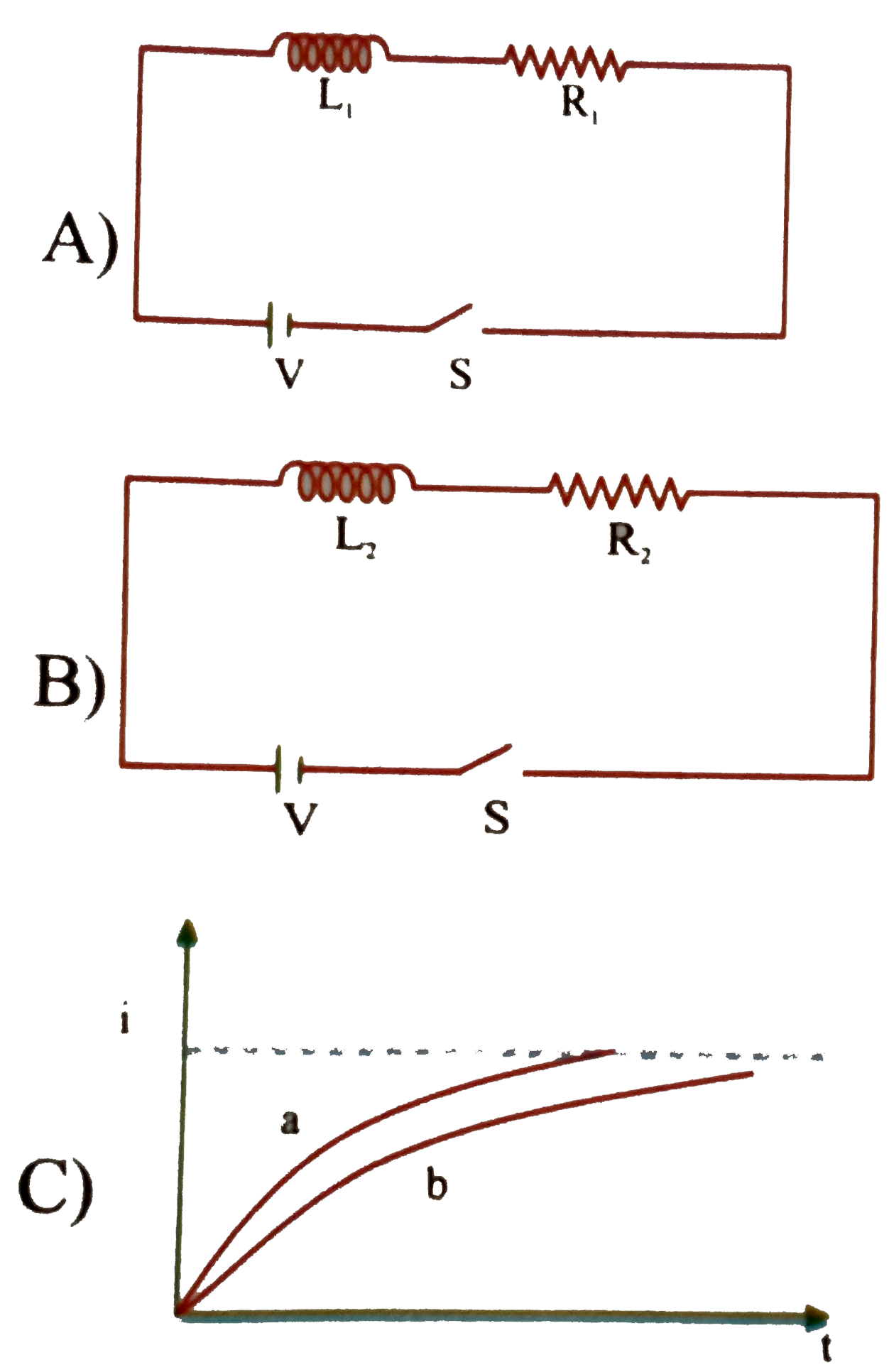
Current growth in two LR circuits (A) and (B) is as shown in figure (C). It follows thatAR1>R2,L1<L2BR1>R2,L1=L2CR1=R2,L1<L2DR1<R2,L1>L2
A simple pendulum A and a homogeneous rod B hinged at its enda are released from horizontal position as shown in figure.
 View Solution
View SolutionA potted plant having straight parts A and B was placed horizontally on its side as shown in Figure (i). After a few days it was observed that the parts A and B of the plant acquire new positions as shown in figure (ii).
(a) Name the phenomenon exhibited by the position of plant parts A and B in Figure (ii)
(b) Name the stimulus (other than sunlight) which causes plant part A to grow and bend upwards, and plant part B to bend downwards.
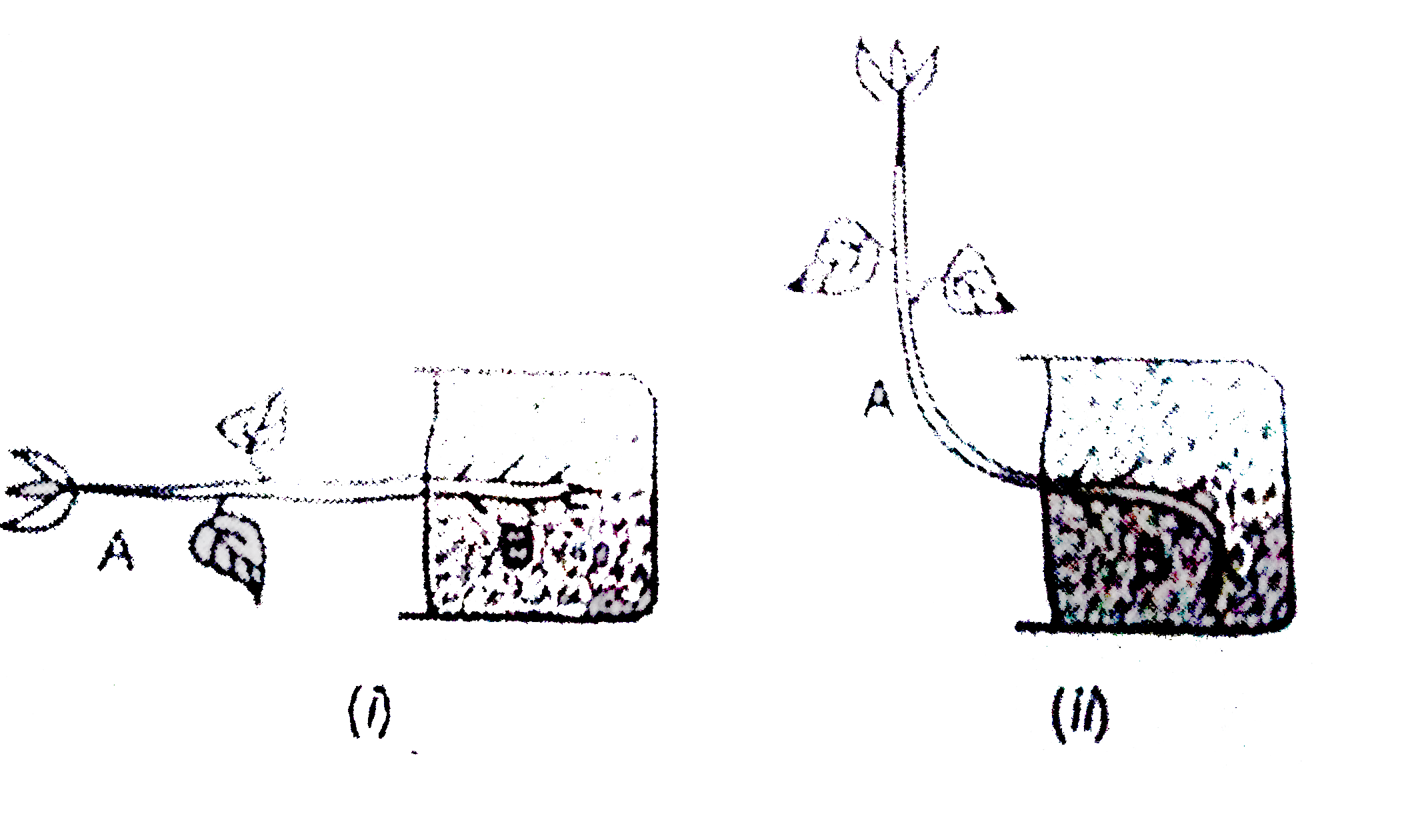 View Solution
View SolutionSee the situatiion shown on figure
(1) Find the positiion of image as seen by observe A.
(2) Find the position of image as seen by observe B.
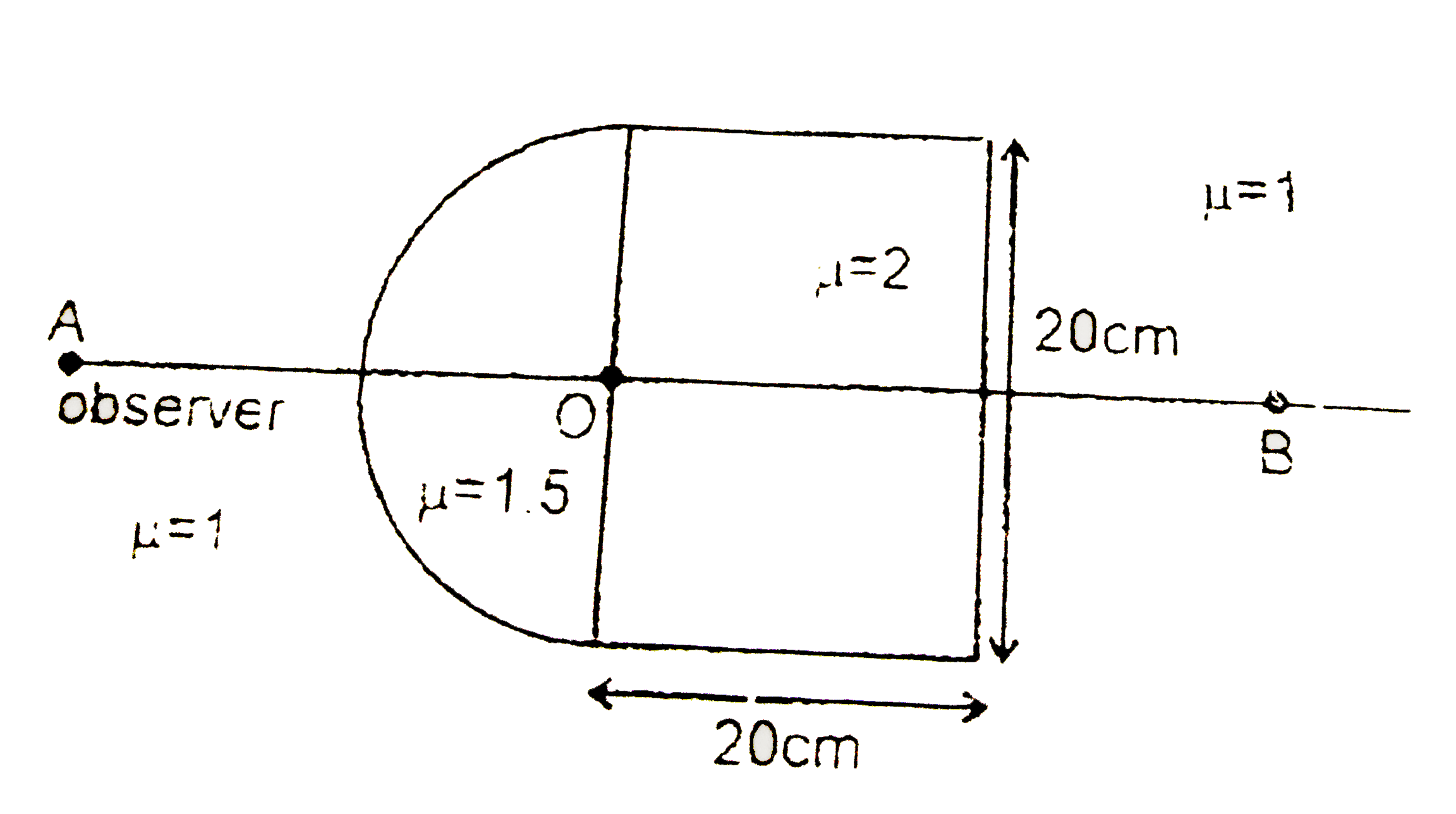 View Solution
View Solution(i) Name the type of a diode whose characteristics are shown in figure (a) and (b)
(ii) What does the point P in fig. (a) represent ?
(iii) What does the point P and Q in fig. (b) represent ?
 View Solution
View Solution(i) Name the type of a diode whose characteristics are shown in figure (a) and (b)
(ii) What does the point P in fig. (a) represent ?
(iii) What does the point P and Q in fig. (b) represent ?
 View Solution
View Solution


